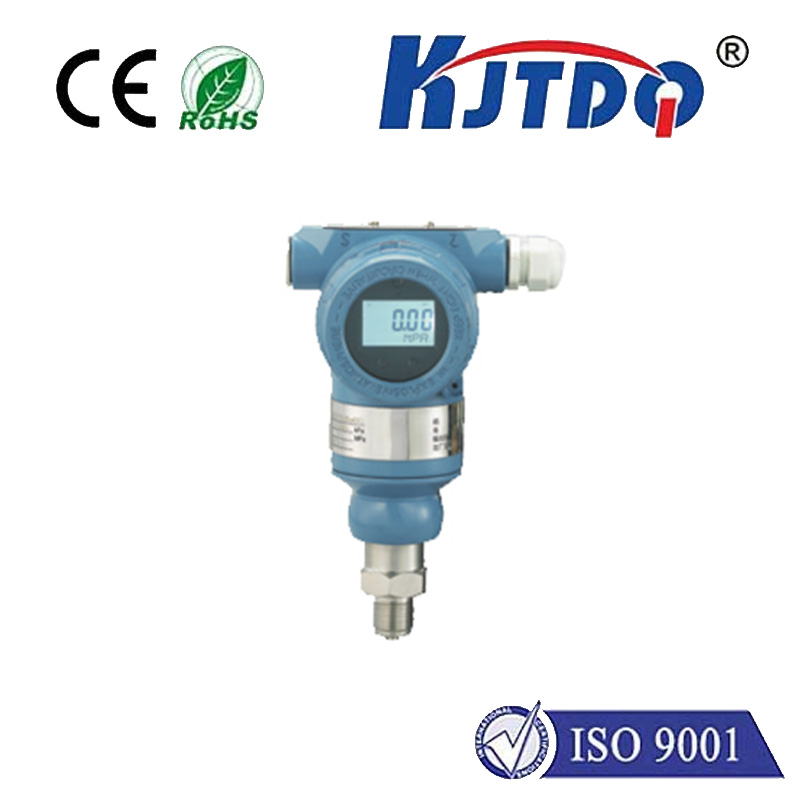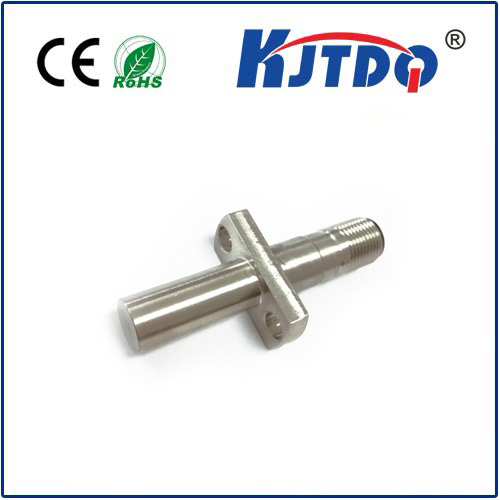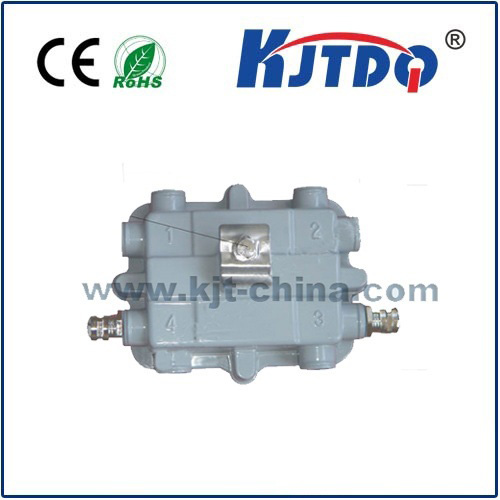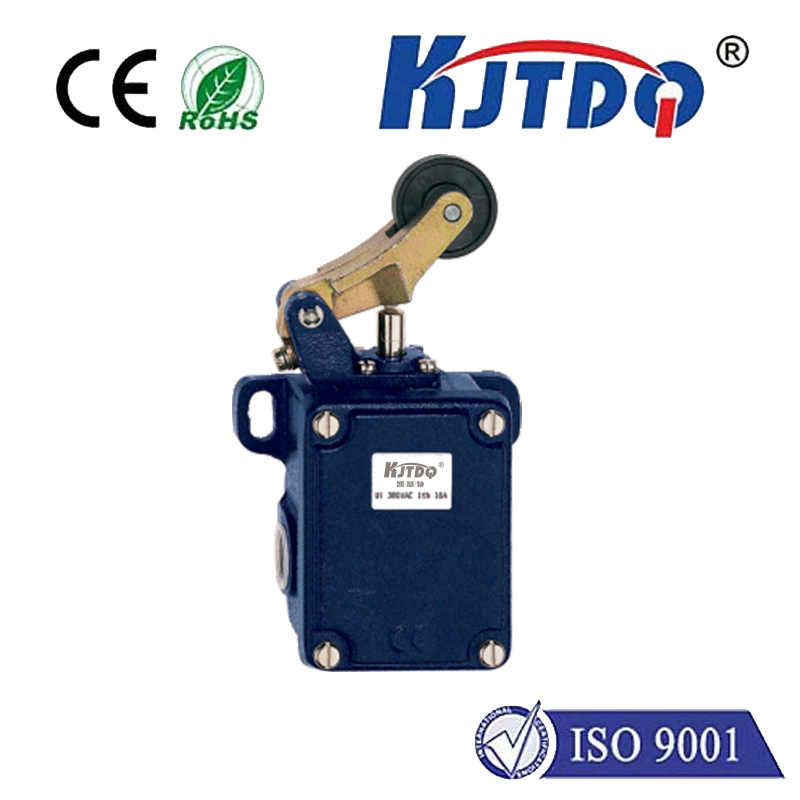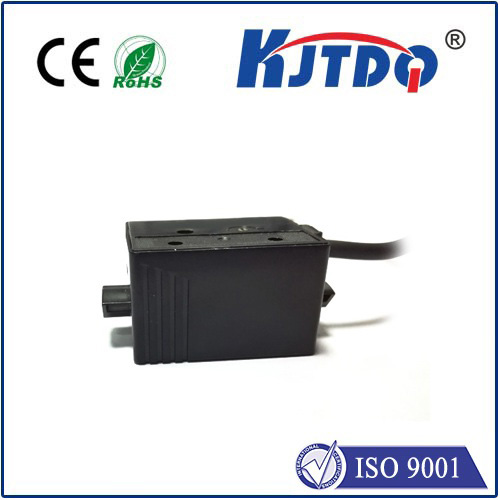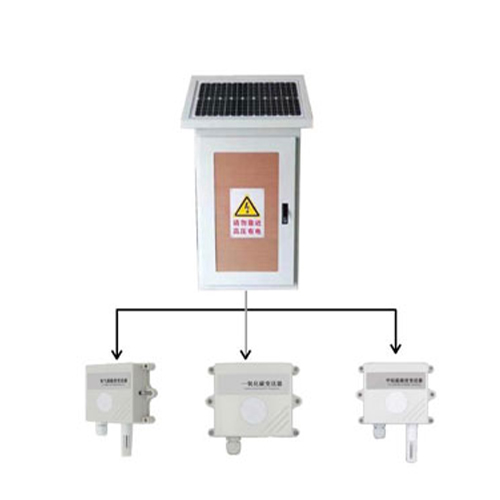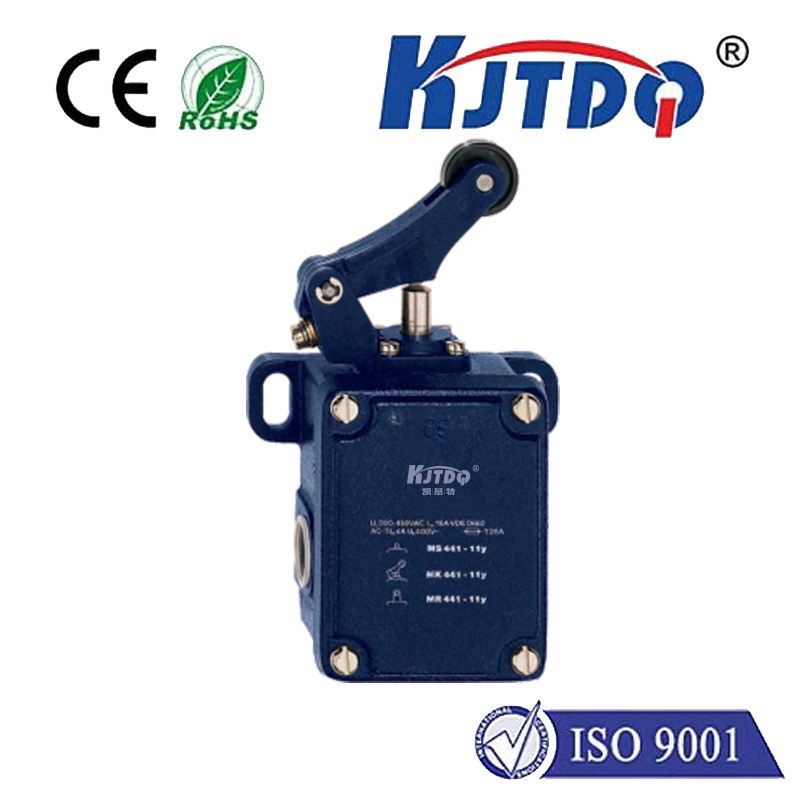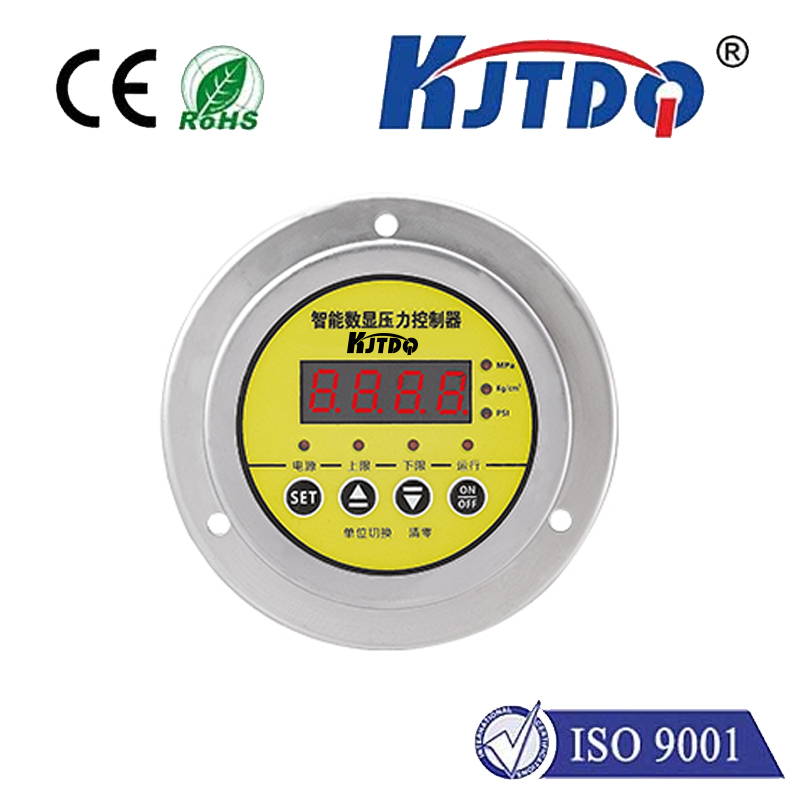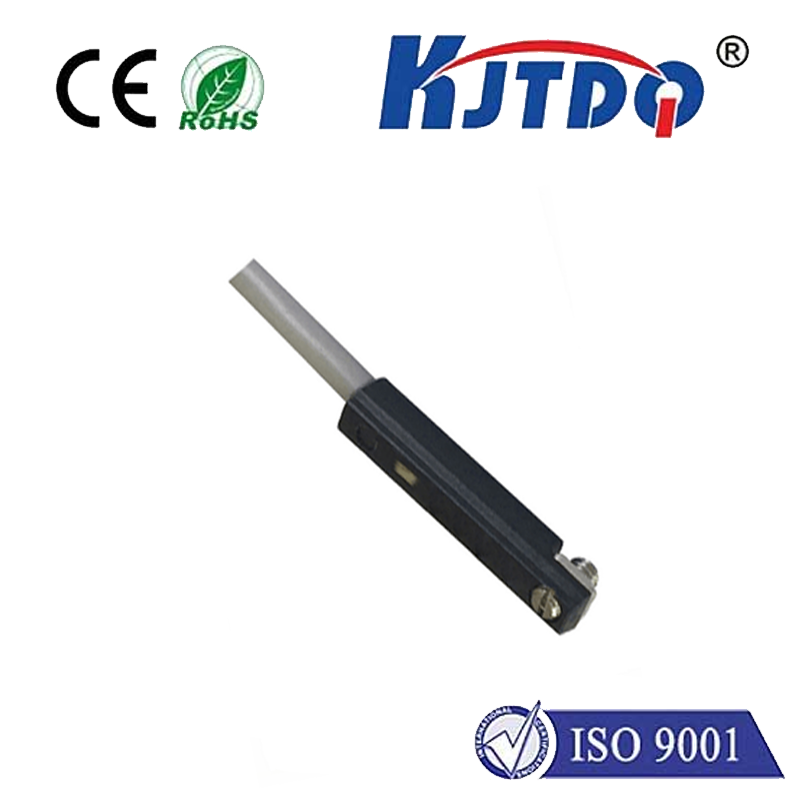

check

check

check

check

check

check

check

check

check

check
Proximity sensors are electronic devices that measure the distance between two objects. These sensors are widely used in various industries, including manufacturing, automotive, healthcare, and home automation. In this article, we will explore how proximity sensors work, their types, and their applications.
Proximity sensors work on the principle of electromagnetic fields. When a person or an object comes into contact with the sensor, it emits a radio frequency signal that is picked up by another sensor. The time it takes for the signal to travel between the two sensors and be reflected back determines the distance between them. There are different types of proximity sensors available, including infrared (IR) sensors, ultrasonic sensors, magnetic field sensors, and laser sensors.
IR proximity sensors use infrared radiation to detect objects. They are commonly used in door switches, motion detectors, and temperature sensors. Ultrasonic proximity sensors work by sending high-frequency sound waves that bounce off objects and return to the sensor. These sensors are used in security systems, automotive systems, and medical devices. Magnetic field proximity sensors use magnetic fields to detect objects. They are commonly used in GPS navigation systems, robotic arms, and metal detection machines. Laser proximity sensors work by emitting a laser beam that is reflected off objects. They are widely used in industrial自动化 systems, such as machine vision and factory automation.
In conclusion, proximity sensors are essential devices that enable us to interact with our environment in ways that were once impossible. Their applications range from simple household devices like door switches to complex industrial systems like factory automation. As technology continues to advance, we can expect proximity sensors to become even more prevalent in our daily lives.
